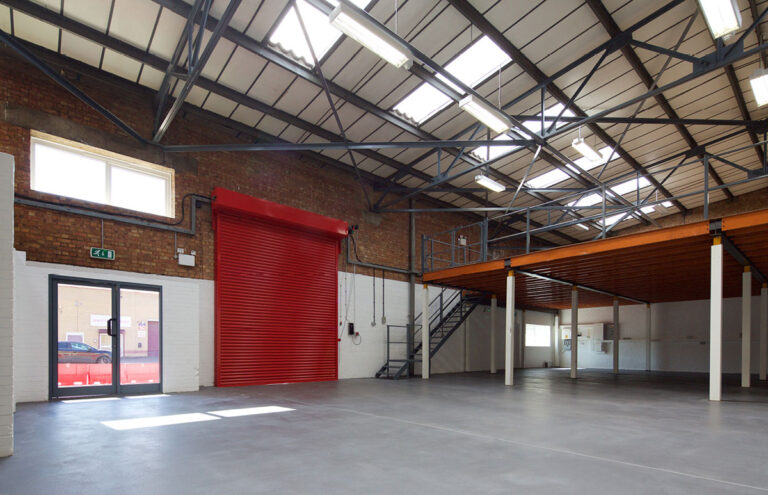Inadequate planning policy could be hindering the predicted boom in last-mile logistics according to planning and development consultancy Turley.
While last mile logistics has largely been an urban-centric phenomenon, increasing online retail sales and the changing needs of businesses and communities post Covid-19 has seen demand for last mile logistics grow across the UK.
However, Turley argues that many cities, suburbs and towns lack the land required to successfully deliver last mile logistics ‘hubs’ as a result of brownfield sites being prioritised for housing for the past 20 years instead of industrial use. It says the lack of holistic planning for industrial development, including last-mile logistics, that can be delivered alongside housebuilding and infrastructure could significantly hinder the UK’s economic recovery.
In London alone, the capital has lost around 250 acres of industrial land annually over the past decade, compared to a release benchmark of just 90 acres per annum in the now superseded London Plan (2016).
To make up the shortfall of industrial land, the planning and development consultancy suggests that the need for last-mile logistics should be identified through local authority employment land assessments to ensure suitable sites are allocated in local plans.
Turley also suggests that low density and struggling out-of-centre retail parks should be re-used as a potential source of land to make way for successful urban logistics hubs.
These are among the recommendations set out in Turley’s newly released report, ‘Playing to our industrial strengths’, which looks at the contribution of the industrial sector and the planning challenges it faces.
Christopher Schiele, Associate Director at Turley, said: “More than a third of all sales in February this year were made online. To add to that, we live in a society where customers want their goods delivered at rapid speed.
“So, it’s no surprise last mile logistics is on the rise in UK cities. But, if we’re to make a success of urban logistics, it’s vital we have the right amount of land in the correct locations.
“That’s why we need to be making the best possible use of existing land that isn’t currently delivering for the local regions, like underperforming retail parks.
“We must also make sure that local authorities plan for distribution hubs in wider strategic plans and site allocations to meet the changing needs of businesses and communities.”







